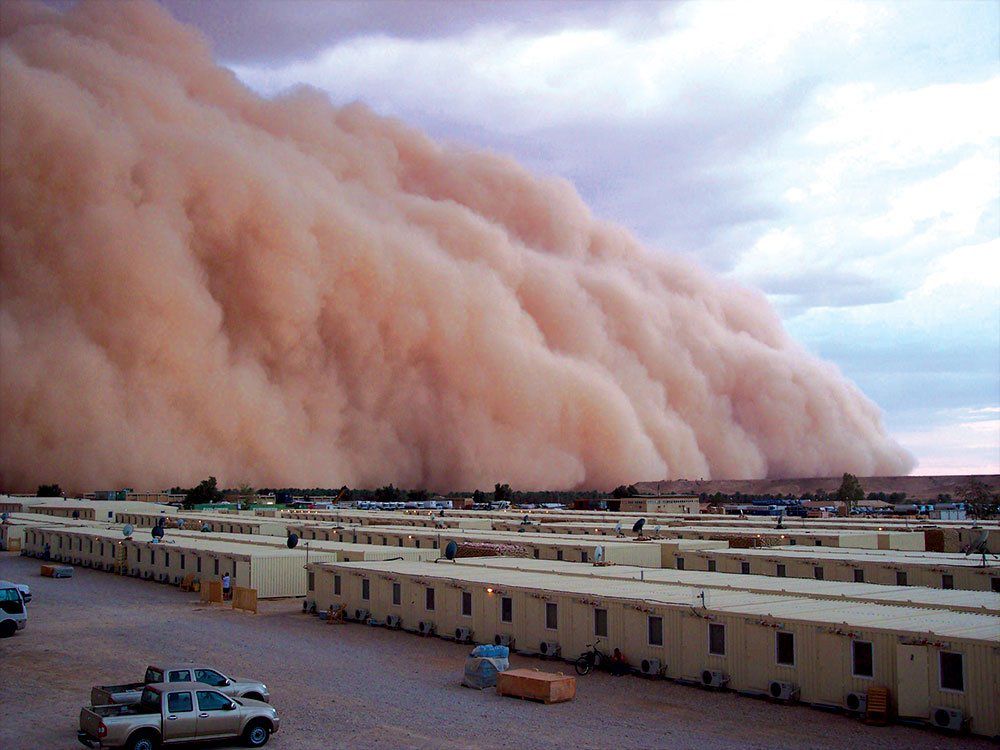The United Nations General Assembly proclaimed July 12 as International Day of Combating Sand and Dust Storms (SDSs), aiming to raise awareness about the importance of health, and sustainability. The day is intended to raise awareness about the serious environmental, economic, and social impacts of SDS, and to promote action to mitigate their effects.
SDS are a natural phenomenon that occur when strong winds blow loose sand and dust from dry, desert areas. However, the frequency and intensity of SDS have been increasing in recent decades, due to a number of factors, including climate change, land degradation, and overgrazing.
International Day of Combating Sand and Dust Storms 2023- Significance
SDS can have a significant impact on human health, agriculture, and the global economy. They can cause respiratory problems, reduce visibility, damage crops and livestock, disrupt transportation and power grids, and increase the risk of flooding.
The International Day of Combating SDS is an opportunity to raise awareness about this important issue and to promote action to mitigate the effects of SDS. By working together, we can reduce the impact of SDS and build a more sustainable future for all.
Here are some of the significance of the International Day of Combating Sand and Dust Storms:
- It raises awareness about the serious environmental, economic, and social impacts of SDS.
- It promotes action to mitigate the effects of SDS.
- It brings together stakeholders from different sectors to work together on solutions.
- It provides a platform for sharing knowledge and best practices.
- It helps to build a more sustainable future for all.
International Day of Combating Sand and Dust Storms 2023-History
Recognizing that sand and dust storms and their negative impacts at different scales are issues of international concern, the United Nations General Assembly proclaimed 12 July as the International Day of Combating Sand and Dust Storms (A/RES/77/294).
The United Nations General Assembly, furthermore, stressed the need for cooperation at the global and regional levels, with a view to preventing, managing and mitigating the effects of sand and dust storms through the enhancement of early warning systems and the sharing of climate and weather information to forecast sand and dust storms. The General Assembly affirmed that resilient action to combat and reduce sand and dust storms requires a better understanding of the severe multidimensional impacts of sand and dust storms, including the deterioration of the health, well-being and livelihood of people, increased desertification and land degradation, deforestation, loss of biodiversity and land productivity, threatening food security, and their impact on sustainable economic growth.




 Simone Tata: The Visionary Behind Lakmé ...
Simone Tata: The Visionary Behind Lakmé ...
 When was IndiGo Airlines Founded and Who...
When was IndiGo Airlines Founded and Who...
 Which Country is Known as Deutschland?
Which Country is Known as Deutschland?







